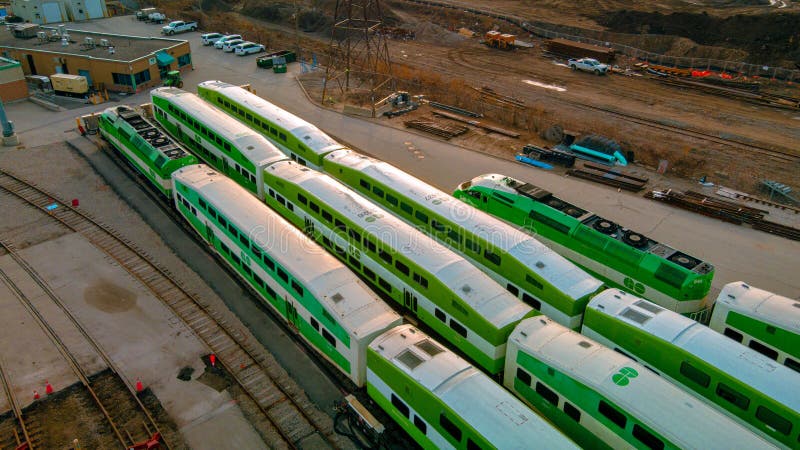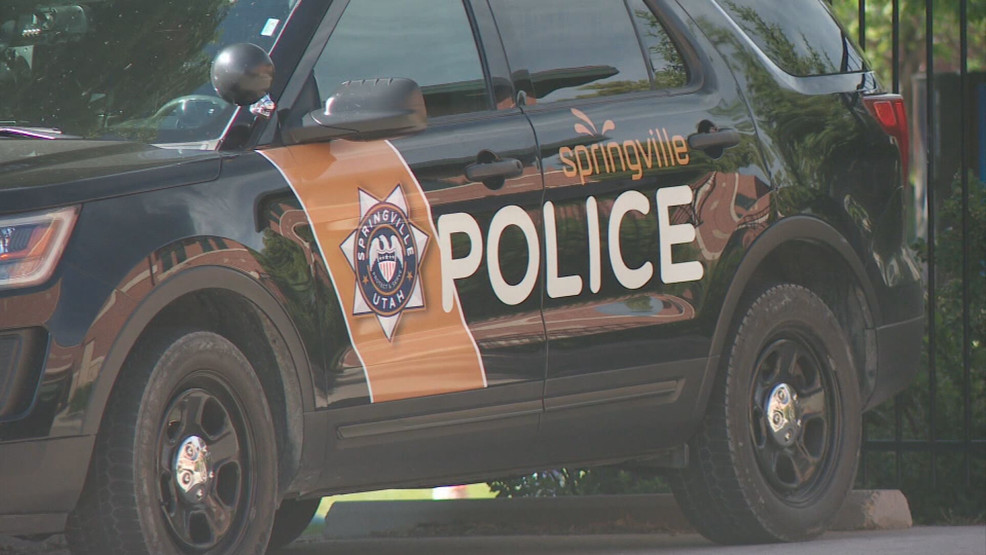Green Trains: Exploring The Potential Of Wind Power For Railways

Table of Contents
The Environmental Case for Wind-Powered Railways
The environmental impact of conventional railway systems is undeniable. Diesel locomotives directly emit harmful pollutants, while electricity sourced from coal and gas power plants contributes significantly to our carbon footprint. The urgency to adopt sustainable transportation solutions in the face of climate change is paramount. Wind power offers a compelling solution, presenting the potential to drastically reduce the railway industry's environmental burden.
By switching to wind-powered electricity, railways can significantly decrease their reliance on fossil fuels, leading to:
- Reduced greenhouse gas emissions: Wind energy is a clean, renewable source, dramatically lowering carbon dioxide and other harmful emissions.
- Improved air quality near railway lines: Eliminating or reducing diesel emissions improves air quality in communities along railway routes, enhancing public health.
- Contribution to national and international climate goals: The transition to wind-powered railways contributes to meeting national and international targets for reducing greenhouse gas emissions and mitigating climate change.
Technological Feasibility and Implementation of Wind Power in Railways
Harnessing wind energy for railways presents exciting technological possibilities, though it also poses challenges. Several methods could be employed:
- Onshore wind farms: Establishing wind farms near railway lines to provide a direct power source for the network. This approach benefits from established infrastructure and technologies.
- Offshore wind farms: Utilizing offshore wind farms, which often boast higher wind speeds and greater energy generation capacity, and connecting them to the railway grid. This requires significant investment in underwater cabling and grid infrastructure.
- Direct wind power generation on trains: While conceptually intriguing, equipping trains with wind turbines presents significant engineering hurdles. The intermittent nature of wind power, variable wind speeds, and the need for robust and lightweight turbine designs pose challenges.
Successful implementation requires significant infrastructure upgrades and investment. This includes upgrading existing power grids to handle fluctuating wind energy input and integrating smart grid technologies to optimize energy distribution. Crucially, effective energy storage solutions, such as large-scale battery systems, are necessary to address the intermittent nature of wind power and ensure reliable energy supply.
- Integration with existing power grids: Seamless integration with the existing electricity network is essential for reliable and efficient power delivery.
- Development of efficient energy storage technologies: Advanced battery technologies and other energy storage solutions are vital to manage the intermittency of wind power.
- Cost-benefit analysis of different wind power integration strategies: Careful evaluation of various wind power integration methods is crucial to optimize cost-effectiveness and environmental benefits.
Economic Aspects and Policy Considerations for Wind-Powered Railways
The economic viability of wind-powered railways is a critical consideration. While the initial investment in wind farms and infrastructure upgrades is substantial, the long-term operational costs are significantly lower than those associated with fossil fuel-based systems. Potential savings arise from reduced fuel costs and decreased maintenance needs.
Governmental support is crucial for driving this transition. Policies such as subsidies, tax breaks, and carbon pricing mechanisms can incentivize investment in wind power projects within the railway sector. Furthermore, the transition will create significant job opportunities in the wind energy and railway industries, boosting local economies.
- Return on investment (ROI) for wind energy projects in the railway sector: A thorough cost-benefit analysis is needed to demonstrate the financial viability of wind-powered railways.
- Governmental support and regulations: Appropriate government policies and regulations are essential to stimulate investment and facilitate the transition.
- Economic benefits for local communities: The transition to wind-powered railways can stimulate local economic growth through job creation and investment.
Case Studies and Future Prospects of Green Trains
While widespread adoption of wind-powered railways is still in its early stages, research and development efforts are underway globally. Future innovations, such as more efficient wind turbines and advanced energy storage systems, will further enhance the viability and cost-effectiveness of this technology. Hybrid systems, combining wind power with other renewable energy sources like solar power, offer a promising pathway toward a truly sustainable railway system.
- Examples of successful wind power integration projects: As more projects are implemented, case studies will showcase the practical applications and benefits of wind-powered railways.
- Future research directions and technological advancements: Ongoing research is focused on improving wind turbine efficiency, energy storage, and grid integration technologies.
- Potential for hybrid renewable energy systems: Combining wind power with solar and other renewable sources can create a more resilient and sustainable railway energy system.
Conclusion: Embracing the Future of Green Trains with Wind Power
The potential of wind power to create a sustainable and environmentally friendly railway system is immense. Transitioning to green trains powered by wind offers significant environmental, economic, and social benefits. By reducing our reliance on fossil fuels, improving air quality, and creating jobs, we can pave the way for a cleaner, greener transportation future. We urge policymakers and industry leaders to invest in research, development, and implementation of wind-powered railways to create a truly green transportation future. Learn more about wind power and its role in sustainable transportation, and support initiatives aimed at transitioning to greener transport systems, ultimately ensuring a brighter future for both our planet and our railways.

Featured Posts
-
 Offshore Wind Farm Economics A Turning Point For The Industry
May 04, 2025
Offshore Wind Farm Economics A Turning Point For The Industry
May 04, 2025 -
 16 Year Old Stepsons Death Stepfather Arrested Accused Of Brutal Abuse
May 04, 2025
16 Year Old Stepsons Death Stepfather Arrested Accused Of Brutal Abuse
May 04, 2025 -
 Ray Epps Defamation Lawsuit Against Fox News January 6th Allegations
May 04, 2025
Ray Epps Defamation Lawsuit Against Fox News January 6th Allegations
May 04, 2025 -
 How Norways Top Investor Nicolai Tangen Navigated Trumps Tariffs
May 04, 2025
How Norways Top Investor Nicolai Tangen Navigated Trumps Tariffs
May 04, 2025 -
 Severe Sentences For Cult Members Involved In Child Gambling Scheme
May 04, 2025
Severe Sentences For Cult Members Involved In Child Gambling Scheme
May 04, 2025
Latest Posts
-
 Catch Seventh Wonders Fleetwood Mac Tribute In Perth Mandurah And Albany
May 04, 2025
Catch Seventh Wonders Fleetwood Mac Tribute In Perth Mandurah And Albany
May 04, 2025 -
 Seventh Wonders Fleetwood Mac Tribute Perth Mandurah And Albany Dates Announced
May 04, 2025
Seventh Wonders Fleetwood Mac Tribute Perth Mandurah And Albany Dates Announced
May 04, 2025 -
 Experience Fleetwood Mac With Seventh Wonder Perth Mandurah And Albany Concerts
May 04, 2025
Experience Fleetwood Mac With Seventh Wonder Perth Mandurah And Albany Concerts
May 04, 2025 -
 The Most Popular Fleetwood Mac Songs A Comprehensive Overview
May 04, 2025
The Most Popular Fleetwood Mac Songs A Comprehensive Overview
May 04, 2025 -
 Bloom Fronts Fleetwood Mac Tribute Band Seventh Wonder Perth Mandurah Albany Tour
May 04, 2025
Bloom Fronts Fleetwood Mac Tribute Band Seventh Wonder Perth Mandurah Albany Tour
May 04, 2025
